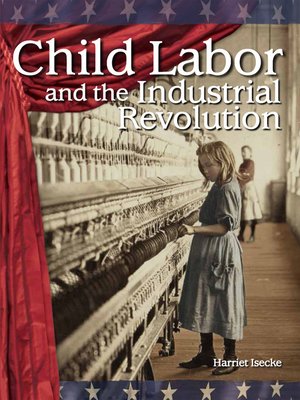Child Labor and the Industrial Revolution
ebook ∣ Building Fluency through Reader's Theater: The 20th Century
By Harriet Isecke

Sign up to save your library
With an OverDrive account, you can save your favorite libraries for at-a-glance information about availability. Find out more about OverDrive accounts.
Find this title in Libby, the library reading app by OverDrive.



Search for a digital library with this title
Title found at these libraries:
| Library Name | Distance |
|---|---|
| Loading... |
Act out the story of two young girls, Roberta and Pauline, who work at a linen mill in North Carolina in 1919! The girls must work to help support their family, so they cannot go to school. At the mill, they are treated unfairly, working in harsh, unsafe conditions. In this script, two workers from the National Child Labor Committee (NCLC) hear the girls' story and decide to work to improve child labor laws and to make school compulsory for children. See how these efforts in the 20th Century secured a better future for upcoming generations. The roles in this script are written at different reading levels. This feature allows teachers to easily implement differentiation and English language learner strategies and assign specific roles to students in a way that accommodates individual reading skills. By allowing for differentiation, this series allows all students, whether they are struggling or proficient readers, to get involved and be engaged in the same activity. Everyone can feel successful and can enjoy improving their fluency through performance! While performing this story with others, students can also practice interacting cooperatively and using expressive voices and gestures. With an accompanying poem and song for additional fluency practice, this script is a dynamic resource for students. This colorful, leveled script is sure to get all students participating and confidently practicing fluency in a unique way.







